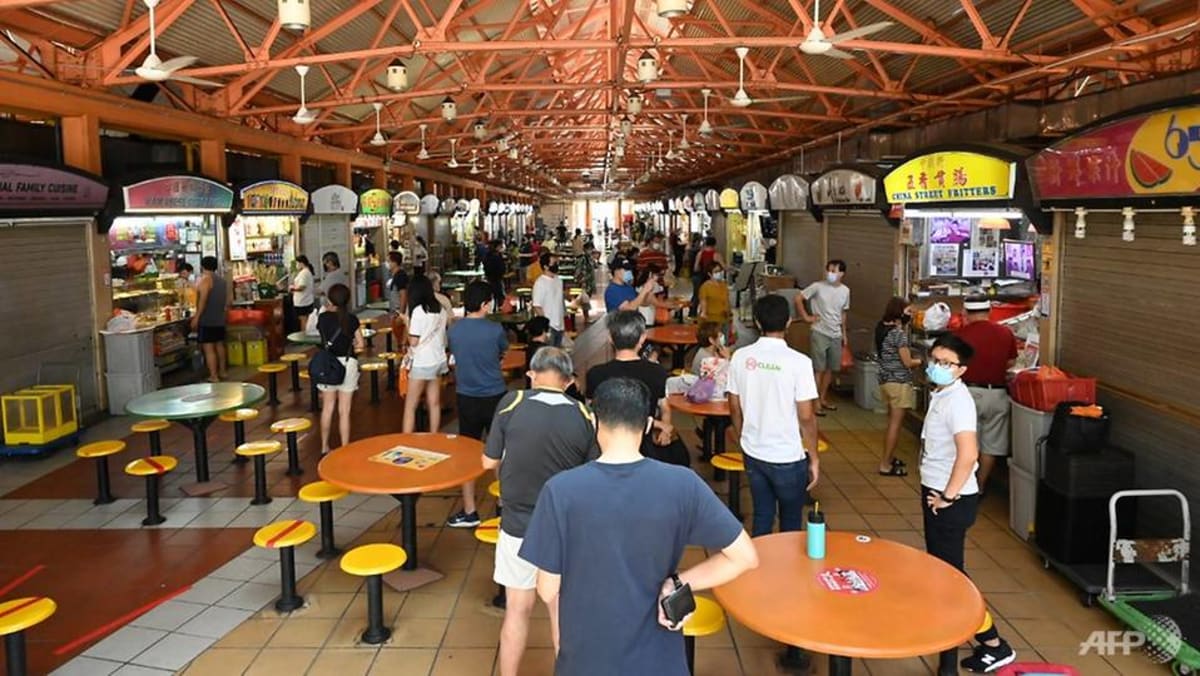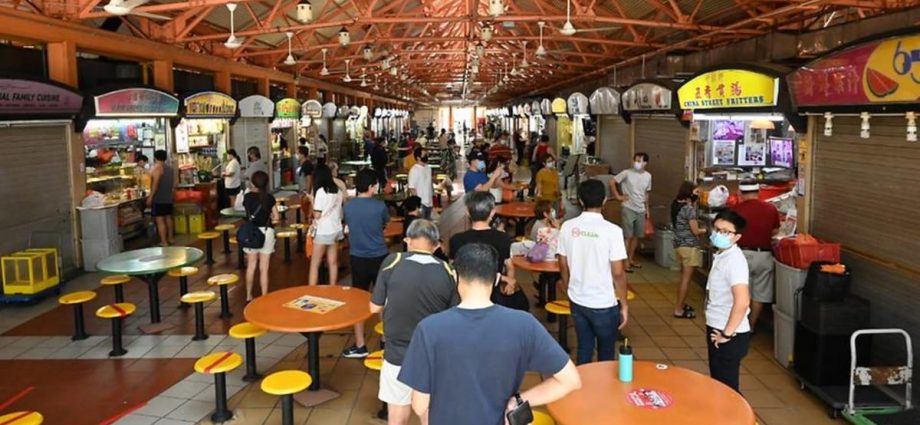
But when I went back to Singapore in December 2022 for the first time since the pandemic, one of the biggest changes that I noticed was hawker prices.
Three years ago, a typical hawker meal for me fell in the range of S$4 to S$5 (US$3 to US$3.80), and on this trip, it averaged S$6 to S$7. I’m not going to lie – it did bother me and made me feel like a hypocrite. After all, in October 2022, I had written an article that challenged Singaporeans to view hawker prices as being too low.
Had I been out of touch with the realities of living in Singapore? Was my commentary, in fact, salting the wound of Singaporeans who have been battling inflation and rising costs of living?
HAWKER FOOD AS A SOCIAL GOOD
In Singapore, hawker food is seen as a social good. A big part of this comes from the positioning of hawker food as affordable.
In a 2012 interview, Ravi Menon, Managing Director of the Monetary Authority of Singapore, described hawker centres as offering “good quality meals at almost Third World prices”, a kind of “general subsidy that is available to all those who patronise hawker centres – rich and poor alike”.
In the 1970s to 1980s, itinerant street hawkers were offered subsidised rents to encourage them to relocate to hawker centres. Because rent was controlled and low, hawkers were able to make their living providing meals to Singaporeans at a reasonable price.
As of August 2020, about 40 per cent of hawkers are on the subsidised rent scheme, where stall rentals are substantially below market rates. But the majority of hawkers – those who joined the trade from the 1990s onwards – had to bid for stalls put up for tender monthly by the government.
The upper limit of bids for monthly rental fees, dictated by the free market, can go as high as S$5,000. On top of that, there are table-cleaning and dishwashing fees to think about.

